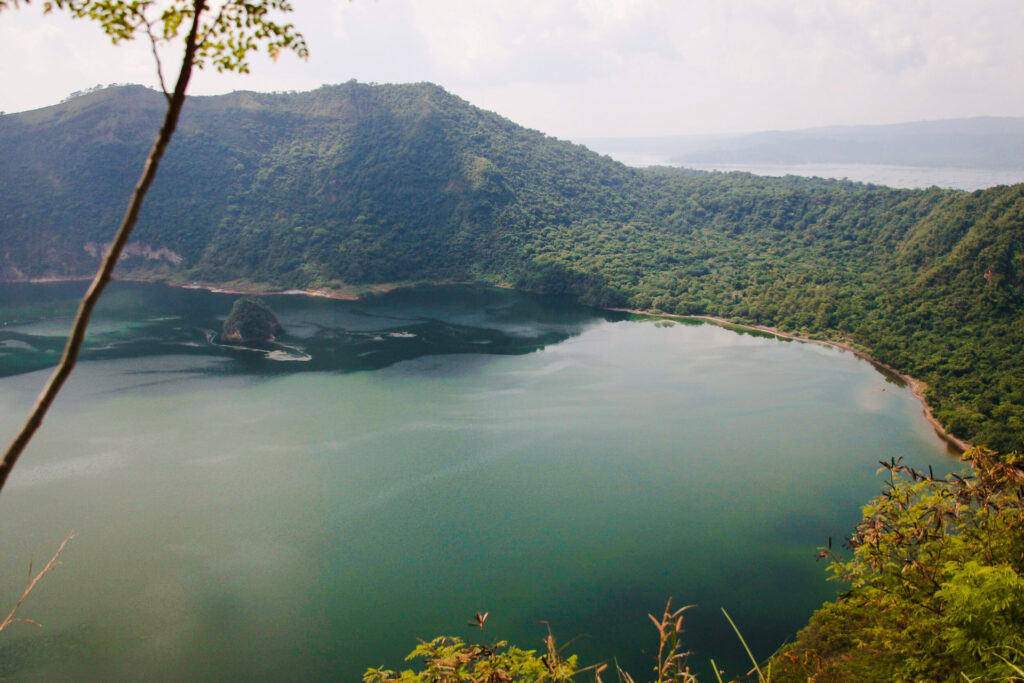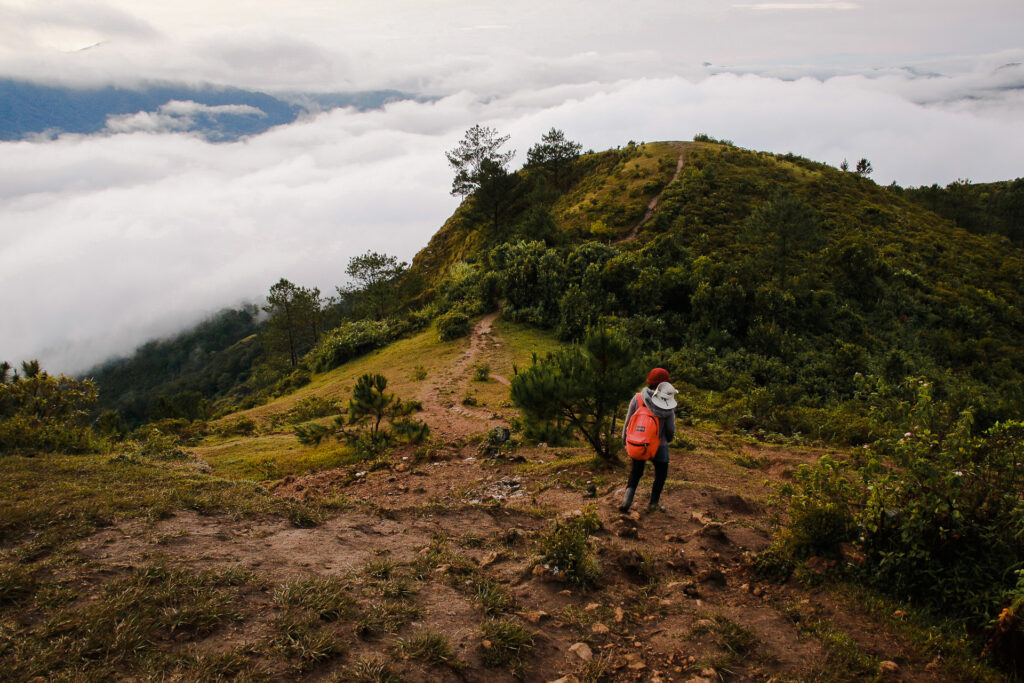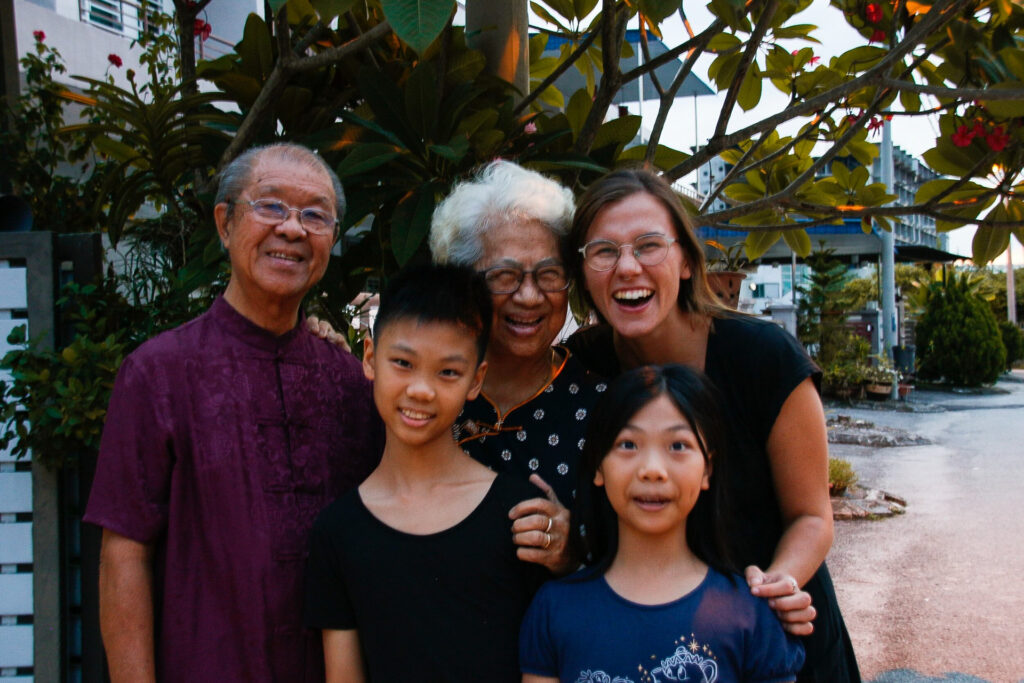Bur Dubai has a distinctly different feel than the shiny high rises and luxury cars most often associated with the desert city.
Many people have called the neighborhood home long before the construction of the 20-lane Sheikh Zayed Road, long before the Burj Khalifa towered over the city, long before the Palm Jumeirah stretched into the Persian Gulf. Dubai began here on the banks of the creek, the area home to pearl-divers and fishermen, the landscape spotted with houses of coral and gypsum and smelling of burning frankincense.
These days, Bur Dubai is home to many of Dubai’s unseen. Taxi drivers and Talabat delivery men call the apartments of Bur Dubai home. Butchers prepare fresh meat, abra operators rest in the breeze of the creek, and salesmen haggle you for knock-off Fendi purses and Gucci slides. These are not the stories we see shared of Dubai, but they are the stories Dubai is built upon.

This area fascinated me since I arrived in Dubai. As compared to the flashiness and modernity that is so often portrayed of the city, Bur Dubai has a richness and old world energy that more so reminds me of wandering the streets of Bangkok or Phnom Penh. The windows are strung with lines of laundry, the roads are lined with cafeterias selling fresh samosas, and the people wind through the maze-like alleyways with familiar ease.
I recently visited Bur Dubai as part of a photography walk with Foto UAE for the 24 Hour Project. The 24 Hour Project brings together photographers from around the world to participate in a photography project for social change. Each hour of September 10, 2022, photographers shared their worldview, with a focus on documenting the Human Condition. This year, the 24 Hour Project partnered with YonTonTe, a climate action organization in Chiapas, Mexico. “The Yonton Te Initiative is an agricultural and regenerative animal-raising project which promotes ecological and social development, respecting forests and the natural processes of animal and vegetable life.” (via www.yontonte.orgen/iniciativa-yonton-te/) Many thanks to the 24 Hour Project for having me as part of the team.



My visit to Bur Dubai followed the final day of Ganesh Chaturthi, a Hindu celebration of the birth of the elephant-headed Lord Ganesha. This ten day celebration consists of four distinct rituals, Pranapratishhtha, Shhodashopachara, Uttarpuja, and Ganpati Visarjan. The final ritual consists of immersing an idol of Lord Ganesh in water — often dropped from the side of boats or left on a riverbank. This “bidding farewell” to Lord Ganesh is a cause of celebration and respect and is referred to by its own name — Anant Chaturdashi.
I visited Bur Dubai the morning after Anant Chaturdashi and the streets surrounding the Shiva Hindu Temple were bustling with activity from worshippers still winding down from ten days of celebration. Hindu priests, known as pujaris, lined the streets of Bur Dubai, offering blessings to passerby. Women stood nearby, welcoming guests by applying tilaks between their eyebrows made with a mix of red chandan, or red sandalwood. Many people wrapped threads of orange and gold around my wrist, known as a kautuka, as a gesture of kindness and protection.



Deeper into Bur Dubai, the alleyways begin to widen and smells of saffron, sandalwood, and sumac fill the air as I near the market stalls by the Dubai Creek. Besides spices, vendors sell pashmina scarves, gold jewelry, and other knick-knacks popular to tourists in the area. I side pass the market and head deeper inland, leaving behind the creekside markets for the more residential areas of Bur Dubai. The further I walk from the creek the tighter the alleyways get, and before long I find myself ducking into an old shopping center off one of the winding roads. The center is clearly abandoned, one of many instances of smaller shops suffering in Dubai due to the development of large-scale malls. Still, the paths of the shopping center are stacked high with bags full of scarves, rugs, and saris, surrounding the silent escalator, stuck in place as if frozen in time.



A man sits by himself in the corner, illuminated by the florescent light. He approaches me, smiles for the camera, and I snap his photo. Excited, he continues to pose, this time on the escalator, hands placed behind his back. His name is Zain and he is from Pakistan.
While the largest expatriate group in the UAE is from India, comprising 27.5% of the population, this is closely followed by Pakistan at 12.7%. Dubai is known globally as an international metropolis, but with it’s close proximity to the South Asian nations it has long been home to many seeking jobs and opportunities in the Middle East. Many of those who call Bur Dubai home have done so long before the international boom of Dubai–when it was nothing more than a pearl-fishing town on the Persian Gulf.
Thinking about Dubai as nothing more than a desert town is hard to conceptualize with the imagery of tall skyscrapers and busy highways we so often see these days. And yet only 30 years ago Dubai’s noted Sheikh Zayed Road — known for it’s winding 20 lanes of traffic filled with luxury vehicles — was nothing more than a 4-lane road cutting through the barren desert. For those who have lived their lives in Dubai, the changes have appeared practically overnight.





Bur Dubai is home to many of Dubai’s laborers — taxi drivers, deliverymen, construction workers. This pocket of the city reflects what Dubai once was — a nauseating revelation when we recognize that the city as many now experience it was built by their hands right around them. South Asian workers make up 53% of the population of the UAE, in many parts because of inexpensive labor and often unfulfilled promises of high wages and ease of living in the desert city. In reality, many foreign workers from India, Pakistan, and Bangladesh only make around 600 dirhams a month — less than $200 US dollars.
The solution to this problem is complex. Many workers in laborers in Dubai fear protest because of canceled visas or deportation. For most South Asian laborers, they have a family to support — either in Dubai or their home countries. A walk around Bur Dubai is a reminder that the foundation of this city is built upon — and by the hands of — those who call this area home.




Still, Bur Dubai is joyous. Laughter erupts from men sharing cups of karak tea on old stone benches. A lazy kitten snacks on kibble left for her outside a supermarket. Those who I approach with requests for photos are generous whether they decline or accept. There is a sense of community history in the streets of Bur Dubai that I sometimes feel is lost in the newness and shininess of the new city. Here, every corner has a story.
This is not the Dubai you see on Instagram. It’s not the Dubai advertised on television, promoted for luxury travel and breathtaking Burj Khalifa views. This is the unseen Dubai.


It is my hope that as travelers, we may always seek to understand the unseen sides of places. Travel and tourism can benefit communities, but also have a tendency to remove folks from real experiences and understanding for the sake of comfort or money. At the core of it all, travel is an opportunity to connect with those with different experiences, and Bur Dubai presents a unique opportunity to understand a city that is so often catered to tourists in a new way.
No matter your reason for a visit to the desert city, time spent lost in the alleys of Bur Dubai is never wasted. Come and see for yourself.
Ways You can Support Local Workers in Bur Dubai as a Tourist
Eat at local restaurants – Check out my list of my favorite places to eat in Bur Dubai
Purchase souvenirs from local markets – Avoid the malls and pick up your souvenirs at one of Dubai’s local markets.
Always ask permission for photographs – This is essential in Dubai as well as respectful as a traveler and photographer.
Pay with cash – Dubai might be high-tech, but paying with cash ensures that your money goes directly to laborers.
Engage with people and be respectful – Remember that Bur Dubai is home to many people from around the world. Be respectful of local customs and cultures but also don’t be afraid to engage — most people are welcoming and friendly.
LOOKING FOR MORE STORIES?



Looking for more? Click here to find all travel stories from Broken Boots Travel.
Love stories? Subscribe to my newsletter to get my latest updates delivered straight to your inbox every month. One email a month + no spam? Sign me up!
Virginia Taylor (Ginna) is a travel writer and photographer exploring the world until her boots wear through. She’s currently on a mission to explore all 32 departments of Colombia, though she formerly called the Middle East home. Want to know more? Visit the About Page.

Pingback: Hiking in Dubai: The 10 Best Trails in the UAE